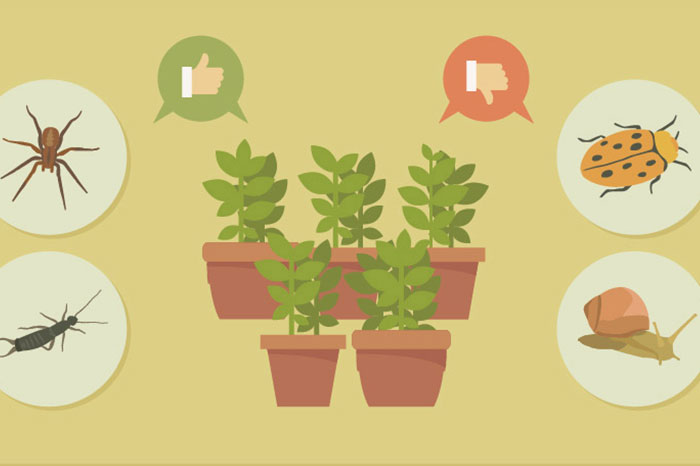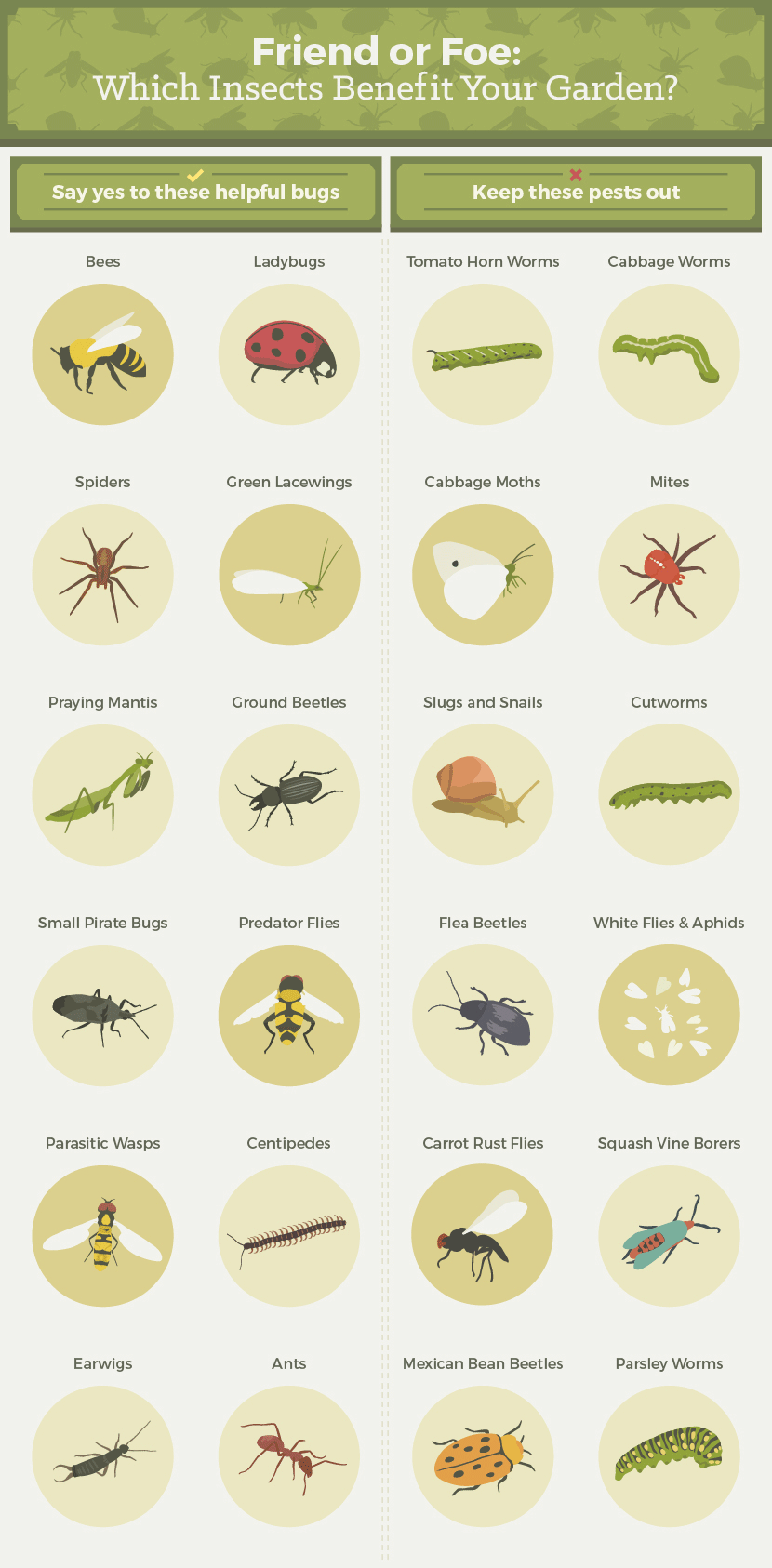
Getting Rid of Garden Pests – Tips and Tricks from Fix.com
While some pests and insects can be beneficial for gardens it’s difficult to avoid the destruction of the many tiny critters plaguing your plants, especially when not knowing what they are and how to get rid of them! Fix.com explains:
1. Build Healthy Soil
Soil supplies the nutrients, water, oxygen, and root support that plants need to thrive. Research shows that the healthier the soil, the better plants are able to withstand pest attacks.1 Building healthy, fertile, living soil is the most important way to prevent pest problems.
Build healthy soil with these five practices:
• Limit Soil Disturbance
A growing body of research suggests that routinely turning the soil has various drawbacks.2 It leaves the soil surface bare, encourages runoff, causes soil compaction and erosion, and harms soil microbes and earthworms.3 Keeping disturbance to a minimum preserves the living systems in soil. Instead, layer amendments on top, and let the earthworms aerate the soil.
• Compost
Start a compost bin, and add one to two inches of well-decomposed compost to the garden each spring to supplement nutrition in the soil and encourage a desirable soil structure.
• Mulch
Add two to four inches of grass clippings or mowed leaves to the garden when plants are about four inches high to reduce water evaporation, suppress weeds, moderate soil temperature, prevent soil compaction, and add slowly-decomposing organic matter to the soil.
• Rotate crops
Crop yields decrease when plants are repeatedly sown in the same beds. That’s partly because soil-dwelling pest populations, such as grubs, wireworms, and maggots, increase. Plan to rotate plant families to new beds each season to keep pests on the run.
• Plant cover crops
At the end of the growing season, plant a cover crop, such as ryegrass, peas, or clover, to enhance the soil’s fertility, lessen erosion over winter months, suppress weeds, and improve the soil structure. In spring, cover the crop with mulch or allow chickens to graze.
Read the rest of the article here!



Sorry, the comment form is closed at this time.